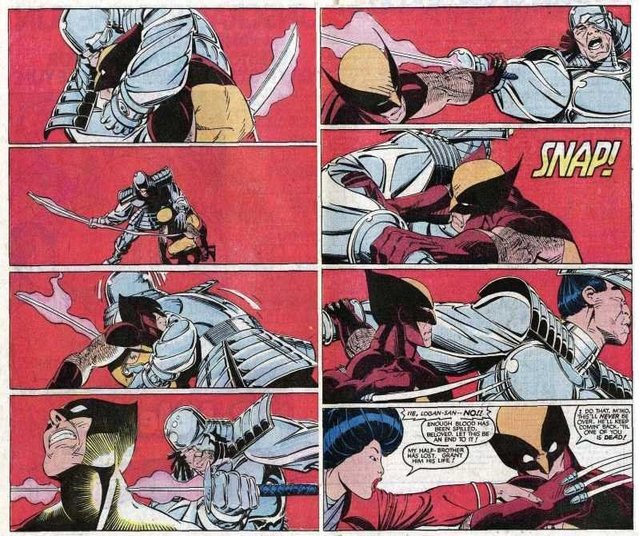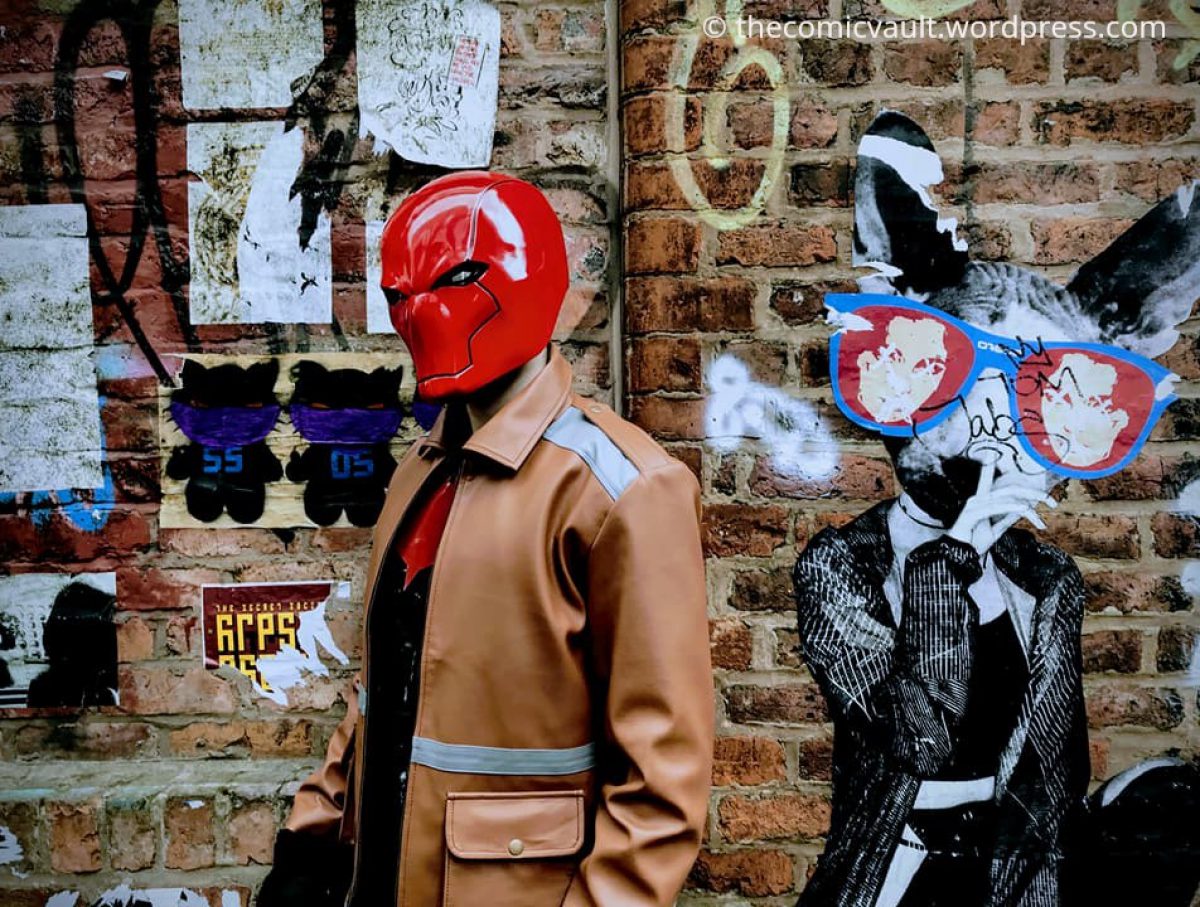Samurai are traditionally depicted as brave warriors who value honour and duty. They were known to serve their masters loyally, to lay down their lives and sacrifice everything in the pursuit of Bushido. Marvel has done a great job of emphasising Japanese culture, with the Silver Samurai representing a traditional image. The identity has been used by two characters, though it has been linked with dishonour, due to Kenuichio Harada starting off as a villain. Over time, Harada looked to regain his honour and The Comic Vault is looking into the history of the Silver Samurai to see how the identity contrasts with conventional Japanese imagery.
A villainous origin story
Harada was the illegitimate mutant son of Shingen Yashida, so he was exposed to a violent lifestyle from an early age. After creating samurai style armour for himself, Harada became a criminal and mercenary. His mutant power allowed him to generate a tachyon field around his katana, giving him the ability to cut through most substances. He quickly became an enemy of Wolverine, as well as battling other heroes such as Spider-Man, Daredevil and Black Widow. Harada also fought against his half-sister Mariko, disapproving of her relationship with Logan.

It wasn’t long before Silver Samurai joined up with international terrorist Viper, acting as her bodyguard. The two of them committed crimes all over the world in an attempt to further Hydra’s agenda. Silver Samurai acted selfishly for years, going against everything that a traditional samurai fought for.
It wasn’t until Harada became the head of Clan Yashida that he had a change of heart. As Oyabun, Harada realised that his family had lost their way. He vowed to wipe the slate clean and worked towards restoring Clan Yashida’s honour. Silver Samurai’s new outlook earned Wolverine’s trust, with the two of them fighting side by side. Wolverine trusted Harada enough to leave his adoptive daughter Amiko Kobayashi in his care.

For a time, Harada returned to his criminal activities after being brainwashed by Blindspot. He managed to break the conditioning and went on to lead Japan’s first superhero team Big Hero 6. Harada was eventually killed while defending his home against the Red Right Hand. Wolverine chose to honour the man’s legacy by visiting his grave regularly.
Going against the traditional image
Silver Samurai’s origin as a villain is fascinating because it breaks convention. Samurai are seen as honourable warriors, yet Harada was depicted as cowardly and underhanded. Ironically, he acted more like a ronin, serving himself and those who could afford his services. His relationship with Wolverine was complex and it could be argued their roles were deliberately reversed. Even though Logan was a foreigner in Japan, he embodied the conventional aspects of a samurai.

When Harada began to act heroically, he became more like a traditional samurai. His quest to regain his honour made for a compelling story. Harada’s son, Shingen, became the new Silver Samurai, using the identity for his own ends. He acted much the same as his father did, setting up a criminal empire. Both characters represent a common view of Japan, while also bringing something unique through their own perspectives. The Silver Samurai proves that there are plenty of multilayered Japanese comic characters to read about.


Reblogged this on Alessandria today.
LikeLike